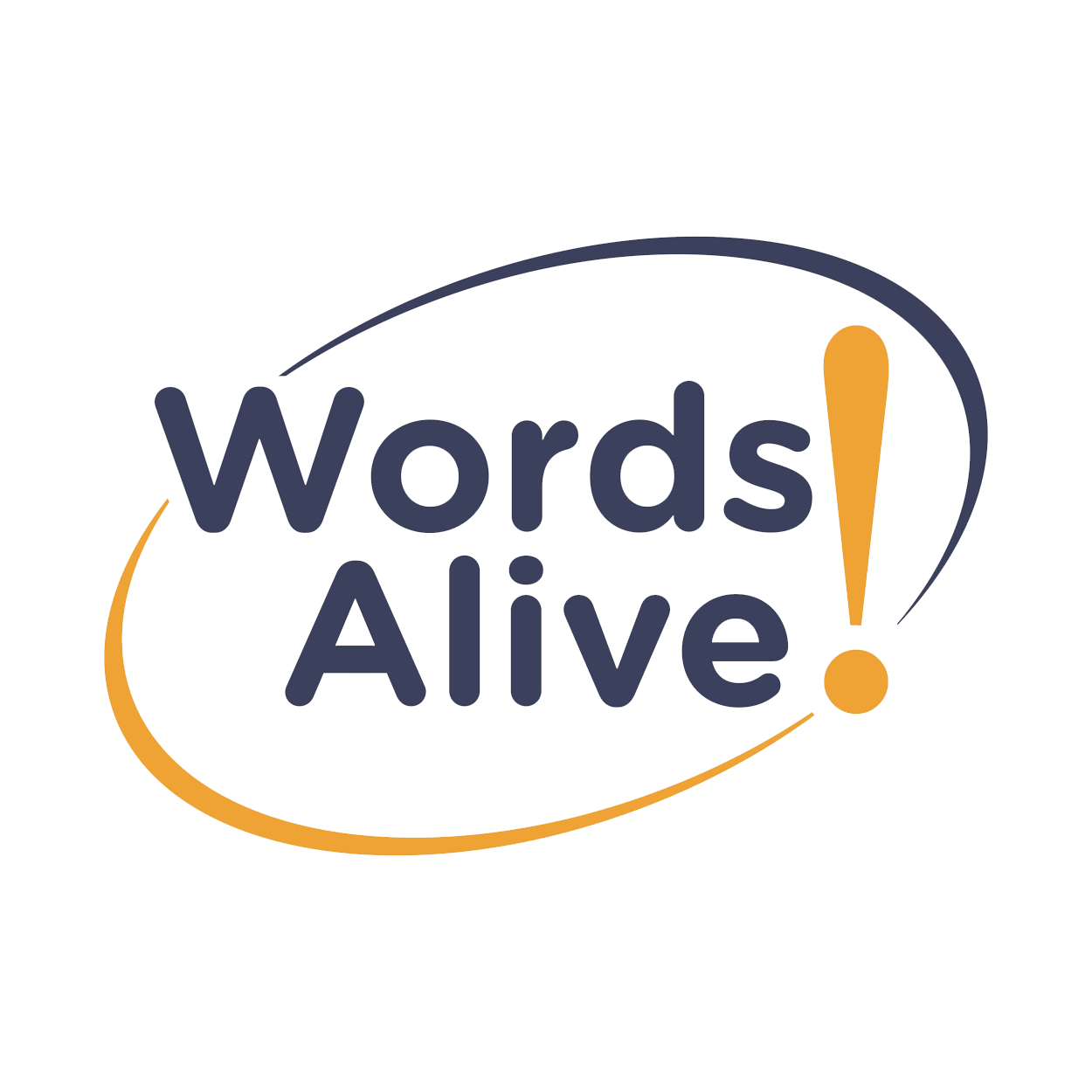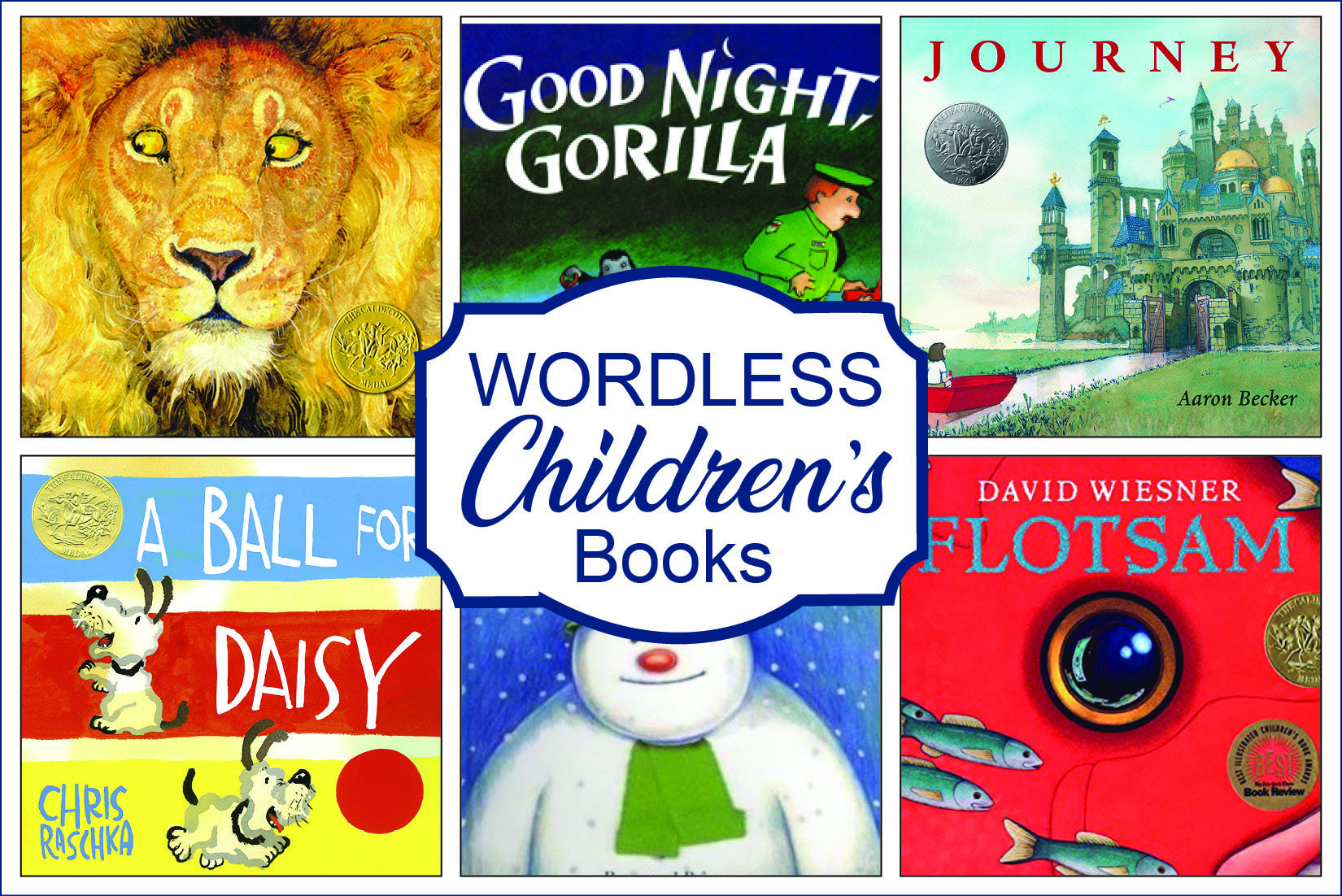By Jennifer Van Pelt
What Are Wordless Children’s Books and Where Can I Find Them?
Wordless children’s books rely on illustrations to tell the story and allow children to create their own narrative in their head. These books may have no words at all or may have just a few words on each page. Wordless books are commonly found in school and public libraries and can cater to children of all ages in elementary school. Popular examples include The Lion and the Mouse by Jerry Pinkney, Goodnight Gorilla by Peggy Rathmann, and Journey by Aaron Becker.
Why are Wordless Books Important?
Wordless books are important in building literacy skills and confidence with books. Without a set storyline, there are a lot of different directions and discussions that the book can take the reader on. This allows for a more diverse method of learning. More specific benefits include:
It familiarizes children with books. When just starting out on their journey with reading, children need to learn the basics of books: which way to read the book (front to back), what the spine and title page are, where to find the author’s name, etc. Wordless books provide the perfect opportunity to introduce these important aspects of reading to a young child.
They allow children to use their imagination. Children can use context clues to infer what will happen next in the story. They are able to make up whole conversations and narratives based on a single page of illustration. The complexity or simplicity of the story is up to them and can easily be guided by additional questions from an adult.
The story changes depending on who is reading it. This maintains a child’s interest in reading by never allowing the story to get repetitive. This dynamic aspect of wordless books has the potential to get children excited about all of the various book options available so they can get more creative with their stories!
You can read them in any language. Illustrations have no language. This means that reading as a family doesn’t need to be limited by what language is read in the home or what reading level the parents are at. Children create the story, and can do so in the language they feel most comfortable and excited about.
To help drive home the importance and dynamic use of wordless children’s books, we read these in our Family Literacy Program -- which is starting back up soon! This program, which only runs in the spring, focuses on making reading a fun habit for the whole family. Our volunteers and staff work with families to deliver ten hours of parent education over the course of seven weeks. Each workshop includes an information session and skill-building exercises for parents, group story time, and guided activities for parents and children. We continue to do this each year because we have seen promising results and feedback from the session, including a 29% increase in the positive literacy behaviors in the home environment following the workshops.
If you would like to learn more about our Family Literacy Program or how to get involved, click here.


